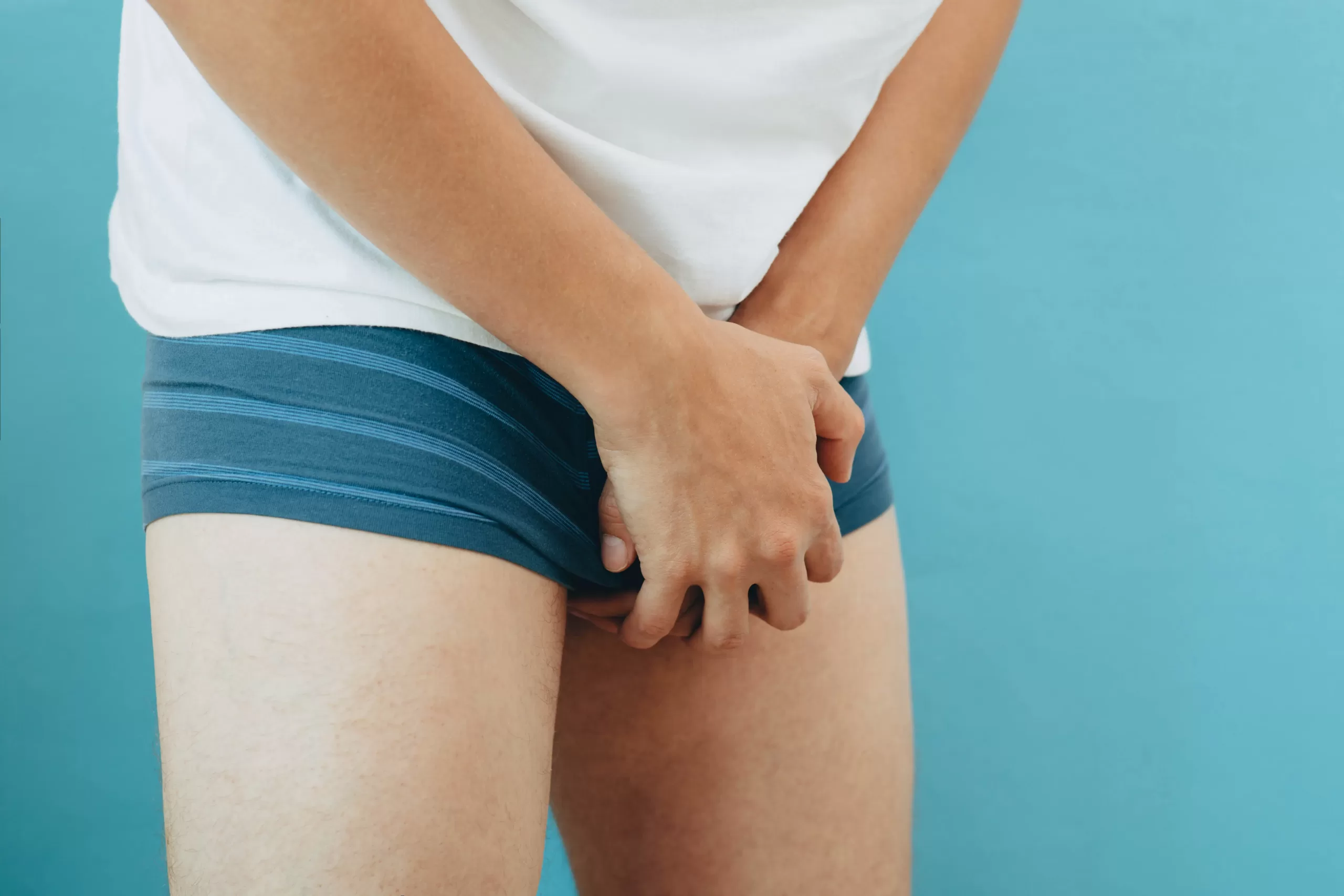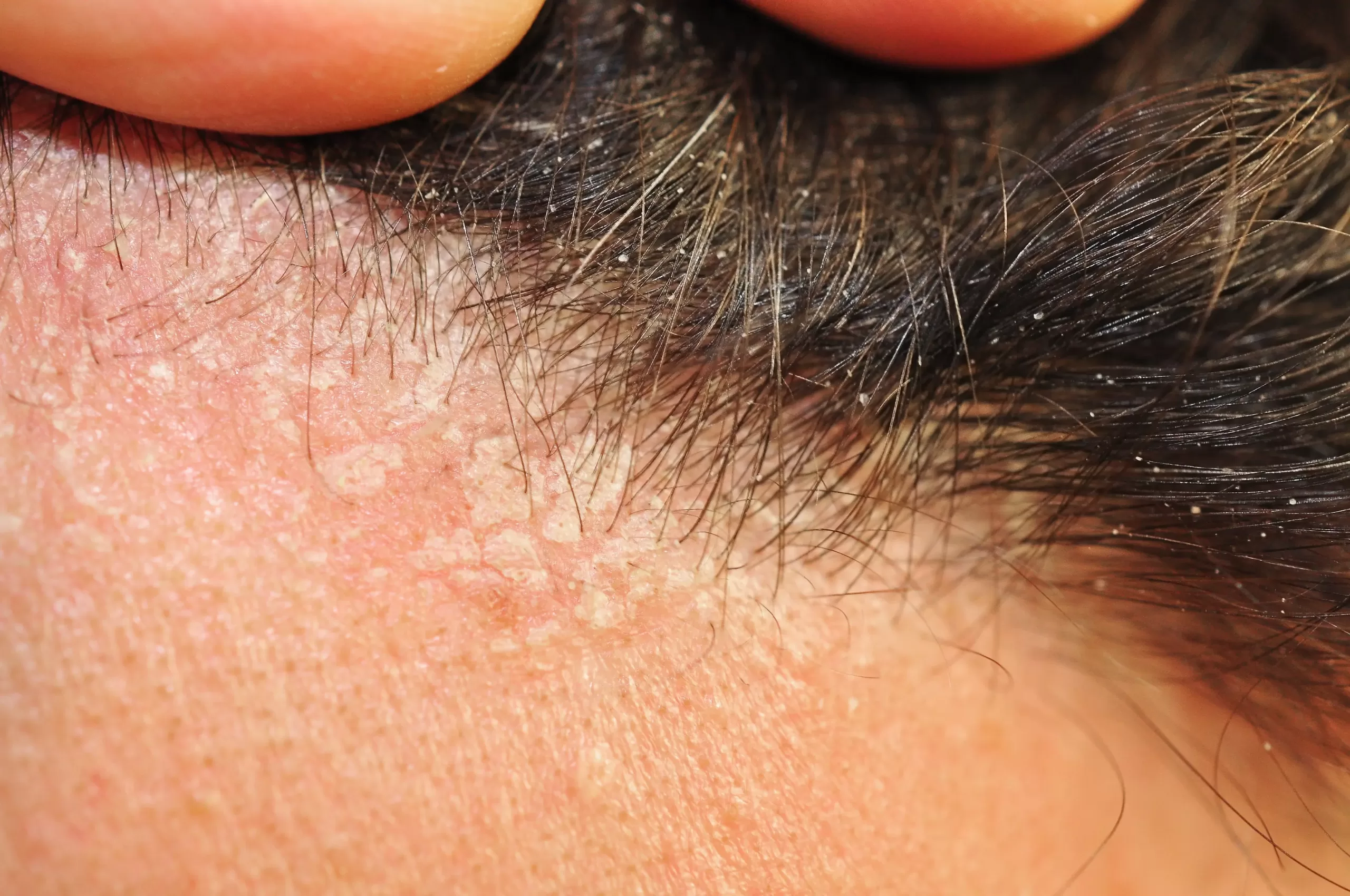What is Rosacea?
Rosacea (also known as Acne Rosacea) is a very common skin condition, which can cause a lot of distress to sufferers. Symptoms include facial flushing, redness, dilated blood vessels, pimples and pustules. Sometimes there can be redness or inflammation around the eyelids and eye area. Whilst Rosacea can seem similar to acne, there are a few important differences. One of the main ones is that comedones (blackheads) are common in acne but not in rosacea. Also, in Rosacea, certain factors can cause worsening of symptoms- these include alcohol, exercise, stress, spicy foods and hot environments. Alcohol does not cause Rosacea, but can make it look worse.
What are the treatment options for Rosacea?
Your doctor may prescribe a topical antibiotic cream or gel, which can be effective. Usually this is applied once a day, on an ongoing basis, to reduce symptoms. It’s usually well tolerated, without any major side effects. Azelaic acid applied to the skin as a cream can also be helpful for some people.
Oral antibiotics are often prescribed if gels and creams are not working. For some patients, this can be very effective. Obviously, oral antibiotics may cause side effects such as stomach upset or rash.
Steering clear of triggers such as alcohol make sense. If your doctor has diagnosed you with Rosacea and you are not responding to the above treatments, it may be worth seeing a dermatologist for further advice.

Balanitis: Signs, triggers, and how to treat it
Balanitis: Signs, triggers, and how to treat it Balanitis is inflammation of the head of the penis (glans). It can cause symptoms such as irritation of the glans, redness, [...]
Dandruff explained: Common causes and treatments
Dandruff explained: Common causes and treatments Dandruff, also known as pityriasis capitis, is a common condition that presents with a scaly and flaky scalp. If the scalp is also [...]
Scrotal Angiokeratoma
Scrotal Angiokeratoma Scrotal angiokeratomas are small, raised, red or purple bumps that are noncancerous and quite common. Although angiokeratomas can appear anywhere on the body, this article focuses on [...]




